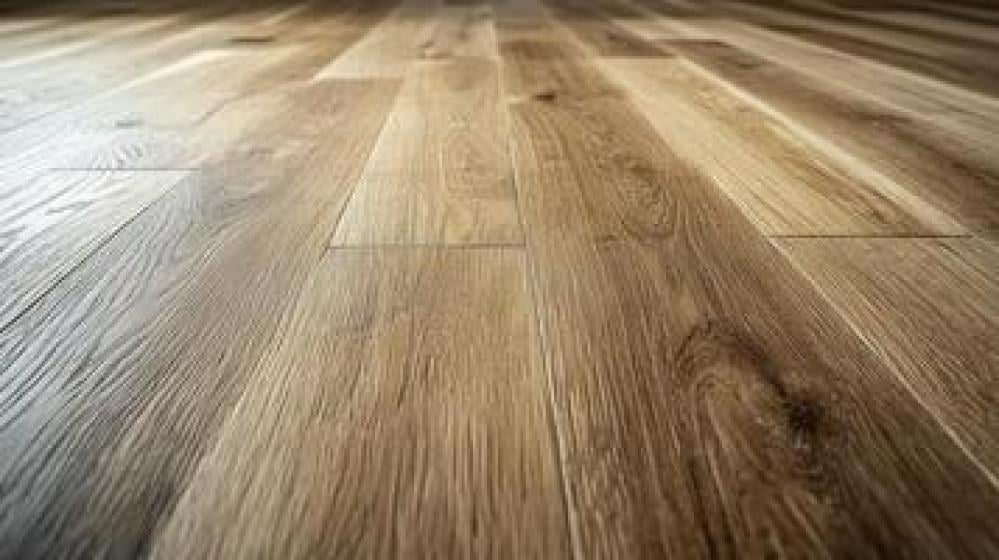Parquet is a popular choice for home and office flooring, adding a touch of warmth and elegance to any space.
But is it the best option for you? This is a question that many ask, especially with the presence of many alternative options such as ceramic.
By knowing the advantages and disadvantages of parquet, you will have created a good background from which you can make the appropriate decision.
Our mission at Al-Ghamlas is to provide you with this knowledge and clarify things for you with articles like these so that you can live the ideal life you dream of.
Which is better: parquet or ceramic?
The question of which is better between parquet and ceramic is a common question, and there cannot be one answer to this question, as each has advantages and disadvantages, and each of us has his own taste.
But to be able to know your answer, you must review several factors or criteria, including:
- Appearance: Parquet is considered warmer and more elegant, while ceramic is more modern and resistant to changes.
- Durability: Ceramic is more durable and scratch resistant, while parquet requires more care.
- Price: Ceramic is generally less expensive than parquet.
- Usage: If you are looking for a floor for your kitchen or bathroom, ceramic is the best choice because of its water resistance. If you are looking for a floor for your living room or bedroom, parquet is an elegant and warm choice.
Review what you are looking for, are you looking for a floor for the bathroom? Or for the living room? As mentioned, depending on your need make your decision.
Is it recommended to install parquet?
Yes, parquet installation is recommended in many cases, especially if you are looking for:
- Elegant and warm look: Parquet adds a touch of luxury to any space.
- Good sound insulation: Parquet helps insulate sound between floors.
- Comfort for the feet: Parquet provides a warm and soft surface for walking.
These are some of the main advantages that make parquet an ideal choice, but you should also take into account the disadvantages of parquet, which we will talk about later.
Advantages and disadvantages of parquet flooring
As mentioned earlier, parquet is a popular choice for home and office flooring, but it comes with its own set of pros and cons that should be considered before making a purchase decision. Let’s delve deeper into these aspects:
Parquet features:
- Natural Look and Elegance: Parquet adds a touch of warmth and natural beauty to any space, making it an ideal choice for those who prefer both classic and modern designs.
- Added value to the property: Parquet is a long-term investment, as it increases the value of the property and enhances its attractiveness to potential buyers.
- Sound insulation: Parquet has good sound insulation, which reduces the transmission of noise between rooms and floors.
- Thermal insulation: Parquet helps maintain a constant temperature inside the room, reducing heating and cooling costs.
- Variety and flexibility: Parquet is available in different shapes, types and colors, allowing you to choose the design that suits your taste and home decor.
- Ease of maintenance: Parquet can be easily renewed by sanding and polishing, giving it a new look.
Disadvantages of parquet:
- Sensitivity to water: This point is considered one of the most important disadvantages, as parquet is greatly affected by water, which may lead to swelling and deformation. Is parquet affected by water? This question should always be in your mind when choosing a place to install parquet.
- Sensitivity to scratches: Parquet can be easily scratched, especially in high-traffic areas or in the presence of heavy furniture.
- Expansion and contraction: Parquet is affected by changes in humidity and temperature, which may cause the boards to expand or contract and gaps to appear between them.
- High cost: Generally, the price of parquet is higher than the price of other flooring such as ceramic or vinyl.
- Difficulty of repair: If part of the parquet is damaged, it is difficult and expensive to repair, and may require replacing the entire board.
- Need for special care: Parquet requires regular cleaning using special products to maintain its shine and beautiful appearance.
Other factors to consider when choosing parquet:
- Wood Type: The type of wood used in making parquet varies, and each type has its own advantages and disadvantages in terms of durability, color, and texture.
- Installation method: There are several methods for installing parquet, such as adhesive or floating installation, and each method has its advantages and disadvantages.
- Thickness: The thickness of parquet boards varies, and the thicker the thickness, the more durable the parquet.
- Brand: The quality of parquet varies from one brand to another, so you should choose a reliable brand.
Types of parquet and its prices
There are many types of parquet, each with its own advantages and price:
- Natural wood parquet: It is the most expensive and durable type, but it requires special care.
- Engineered parquet: It consists of layers of wood, and is more resistant to moisture than natural wood.
- Adhesive parquet: It is the easiest type of parquet to install, but it is less durable than other types. The disadvantages of adhesive parquet are that it is easily damaged and peeled.
- Floating parquet: Leaves a small space between the planks, allowing it to move with changes in humidity and temperature.
Types of parquet and their prices vary according to the type of wood, thickness, and brand.
What is the difference between HDF and parquet?
HDF stands for High-Density Fiberboard, a type of high-density compressed wood board.
HDF is used as a base for engineered parquet, where a thin layer of natural wood is glued to its surface.
The answer to the question: “ What is the difference between HDF and parquet?” is that HDF is the basic material, while parquet is the final product that is installed on the floor.
I will explain to you the difference between parquet and HDF with a simple example:
Imagine you are building a house out of bricks.
- Bricks: It is the basic material used to build walls. It is strong and durable, but it needs additional finishes to be beautiful.
- Parquet: It is the final finish for the floor, like colored paint for brick. It gives an attractive appearance and provides additional protection for the floor.
Now, let's apply this example to parquet and HDF:
- HDF: These are compressed wood panels, similar to bricks in our example. These panels are strong and durable but need a top layer to look attractive.
- Parquet: It is the top layer that is placed on HDF boards, such as natural wood or different designs. This layer gives the parquet its final appearance and provides protection for the base boards.
In other words, HDF is the base and parquet is the face.
Is parquet affected by water?
Yes, parquet is affected by water and moisture.
If parquet is constantly exposed to water, it may swell and deform.
Therefore, it is not recommended to install parquet in wet areas such as bathrooms and kitchens.
“Is parquet affected by water?” This question should be on your mind when choosing where to install the parquet.
Choosing the right type of flooring for your home is an important decision that requires a comparison of the advantages and disadvantages of each type.
Parquet is a great choice if you are looking for a stylish and warm look, but you should be aware of its drawbacks and its sensitivity to water.

